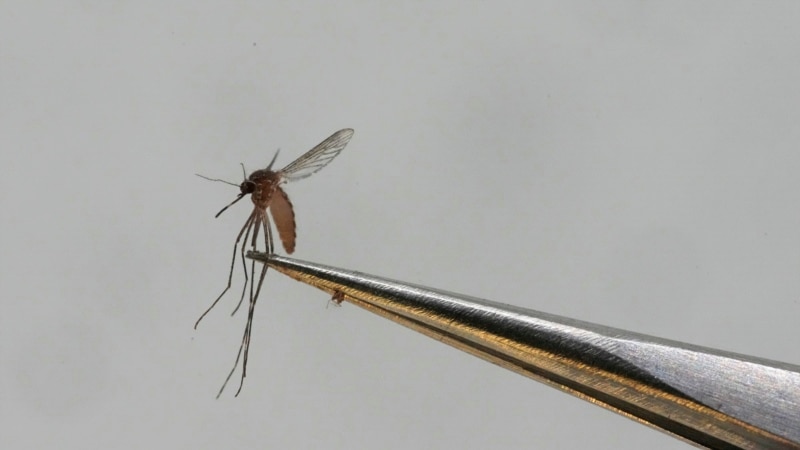More than 20 people who have returned to the United States from Cuba in recent months have contracted a bug-borne virus, federal health officials said Tuesday. All contracted oropouche, a viral illness also known as sloth fever.
None of the people have died and there is no evidence that the disease is spreading in the United States. But officials are warning American doctors to be on the lookout for infection in travelers from Cuba and South America.
Here is a review of the disease and what caused the alert:
What is the oropouche virus?
Oropouche is a virus native to tropical forests. It was first detected in 1955 in a 24-year-old forest worker on the island of Trinidad, and was named after a nearby village and wetlands.
It has sometimes been called sloth fever because early scientists investigating the virus detected it in a three-toed sloth, and believed that these animals were important for transmission between insects and animals.
How is the oropouche virus transmitted?
The virus is transmitted to humans through the bite of small flies called gnats and some types of mosquitoes. Humans have been infected by visiting forested areas and are thought to have contributed to the spread of the virus to urban areas, but human-to-human transmission has not been documented.
How many cases have been reported?
Since late last year, the virus has been identified as the cause of large outbreaks in Amazonian regions where it was known to exist, as well as in new areas of South America and the Caribbean. Some 8,000 local infections have been reported in Bolivia, Brazil, Colombia, Cuba and Peru.
Some travelers have been diagnosed in the United States and Europe. On Tuesday, the U.S. Centers for Disease Control and Prevention reported that 21 cases had been reported in the United States so far — 20 in Florida and one in New York — all in people who had been in Cuba. European health authorities had previously reported 19 cases, almost all among travelers.
What are the symptoms and treatments?
Symptoms may appear similar to other tropical diseases such as dengue, Zika or malaria. Common symptoms include fever, headaches and muscle aches, and some infected people also suffer from diarrhea, nausea, vomiting or skin rashes.
Some patients suffer recurring symptoms, and 1 in 20 may experience more severe symptoms such as bleeding, meningitis and encephalitis. The disease is not usually fatal, although two healthy young people have recently been reported dead in Brazil.
There are no vaccines to prevent infection and no medications to treat symptoms.
Are there any other reasons for concern?
In Brazil, authorities are investigating reports that the disease could be transmitted from a pregnant woman to a fetus, bringing back frightening memories of what was seen during Zika outbreaks nearly a decade ago.
The CDC has recommended that pregnant women avoid nonessential travel to Cuba and has recommended that all travelers take steps to prevent insect bites, such as using repellent, long-sleeved shirts, and long pants.
Connect with the Voice of America! Subscribe to our channels YouTube, WhatsApp and the newsletter. Activate notifications and follow us on Facebook, X and Instagram.
















Add Comment